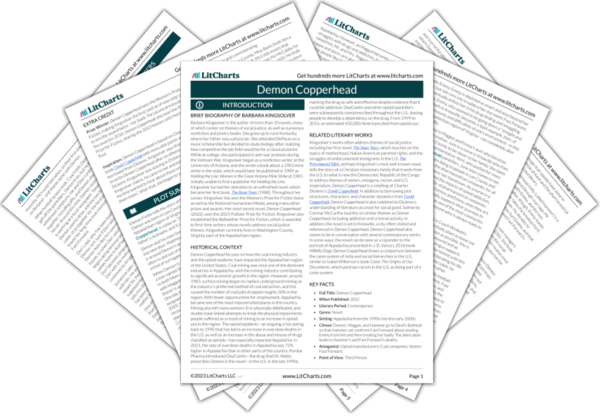Through Fast Forward’s eyes, Demon sees the Peggots in an unflattering light. That change of perspective shows just how mutable Demon’s own thinking and behavior is at this point in his life. While the Peggots show him as much, if not more, care and kindness than any other people in his life, he slips into viewing them in a stereotyped, prejudicial way when they meet Fast Forward, whom he wants to impress.
